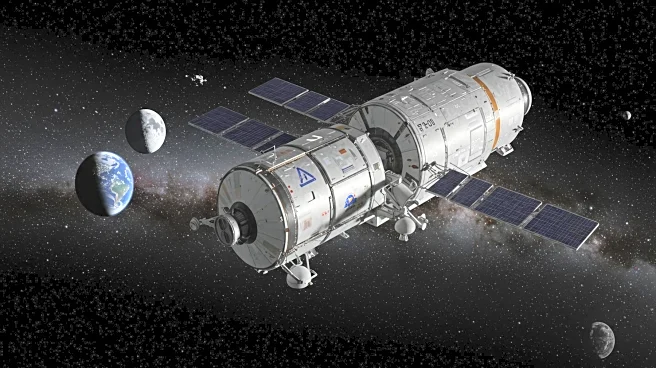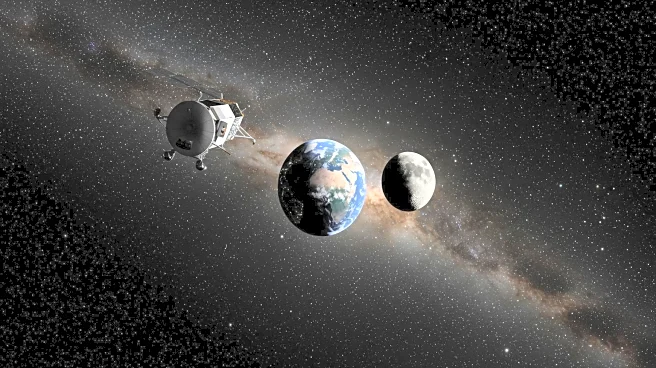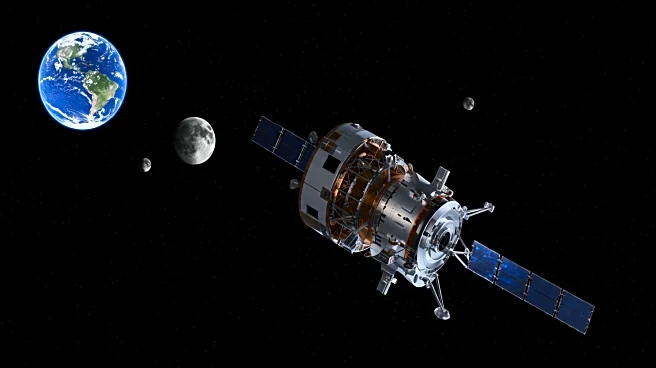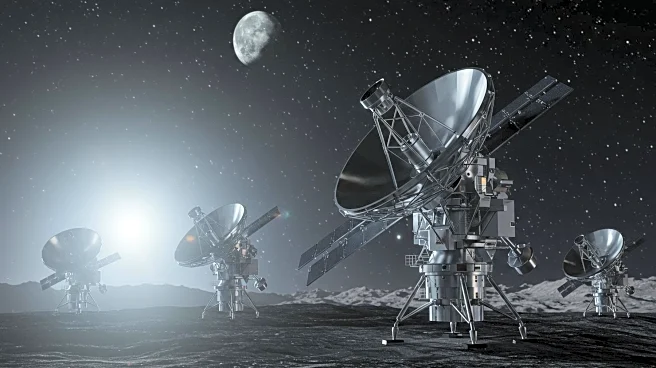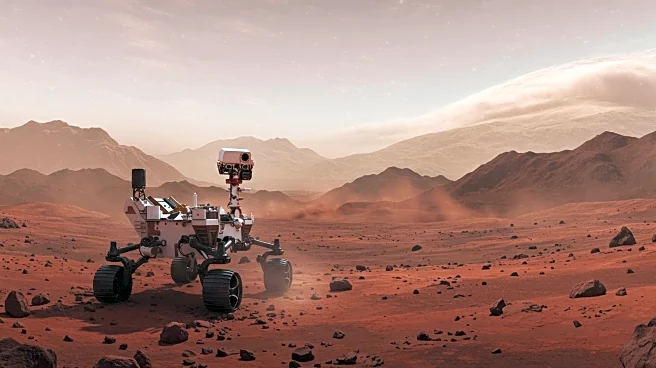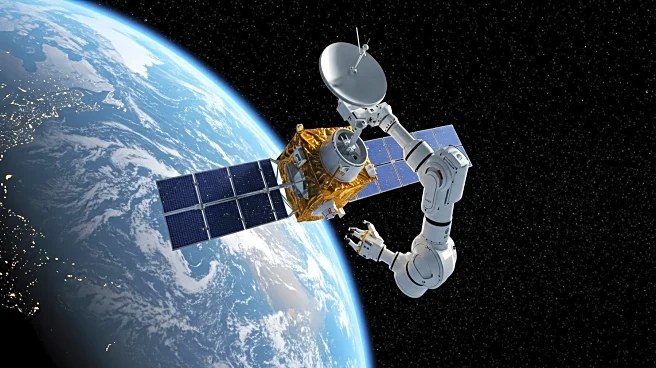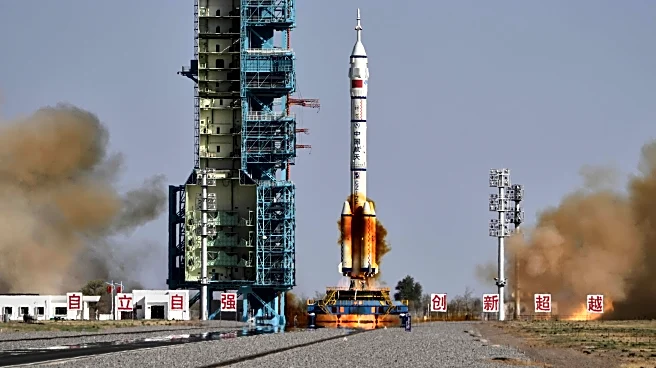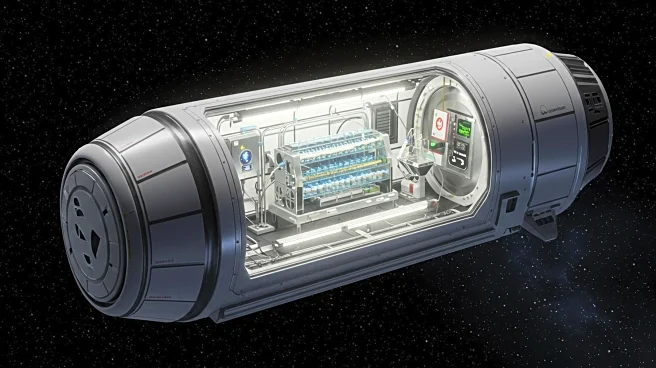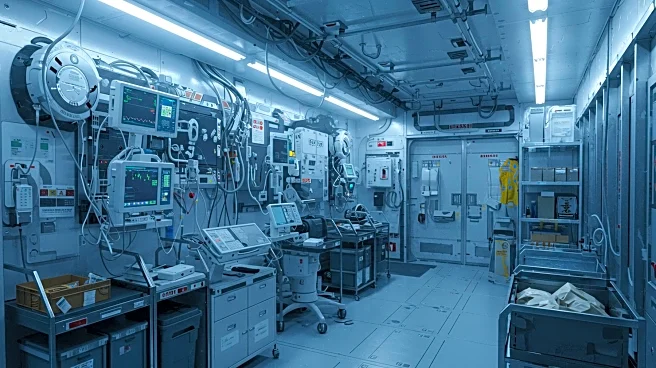What's Happening?
NASA's Jet Propulsion Laboratory in Pasadena has confirmed that the Psyche spacecraft successfully captured images of Earth and the Moon from approximately 180 million miles away. This achievement occurred during a camera calibration exercise in July, as part of the spacecraft's journey to the asteroid Psyche, located between Mars and Jupiter. The images, taken on July 20 and 23, depict Earth and its satellite as bright specks amid the starfield of the Aries constellation. The calibration was part of a scheduled checkout of the spacecraft's multispectral imager, which will be used to study the surface of the metal-rich asteroid upon arrival in 2029. The mission, part of NASA's Discovery Program, is managed by the Marshall Space Flight Center in Alabama and led by Arizona State University.
Why It's Important?
The successful capture of images from deep space by the Psyche spacecraft marks a significant milestone in NASA's ongoing efforts in space exploration. This mission is crucial for understanding the composition and magnetic properties of the asteroid Psyche, which could provide insights into the building blocks of planet formation. The spacecraft's journey, including a gravity assist maneuver around Mars in 2026, highlights the advanced engineering and planning required for such deep space missions. The data collected from Psyche could have implications for future space exploration and the development of technologies for asteroid mining, potentially benefiting industries involved in space resource utilization.
What's Next?
The Psyche spacecraft is on track to fly by Mars in May 2026, utilizing the planet's gravity to propel itself towards its final destination. Upon arrival at the asteroid Psyche in 2029, the spacecraft will begin its detailed study of the asteroid's surface using its multispectral imager, magnetometer, and gamma-ray and neutron spectrometer. These instruments will help scientists analyze the asteroid's composition and magnetic properties, contributing to our understanding of planetary formation. The mission's progress will be closely monitored by NASA's Jet Propulsion Laboratory, ensuring that all planned activities for the cruise phase are accomplished.
Beyond the Headlines
The Psyche mission not only advances scientific knowledge but also continues Pasadena's legacy of deep space exploration and innovation. The collaboration between NASA, Arizona State University, and other partners exemplifies the importance of interdisciplinary efforts in achieving complex space missions. The mission's success could inspire future generations of scientists and engineers, fostering interest in space exploration and technological innovation.
